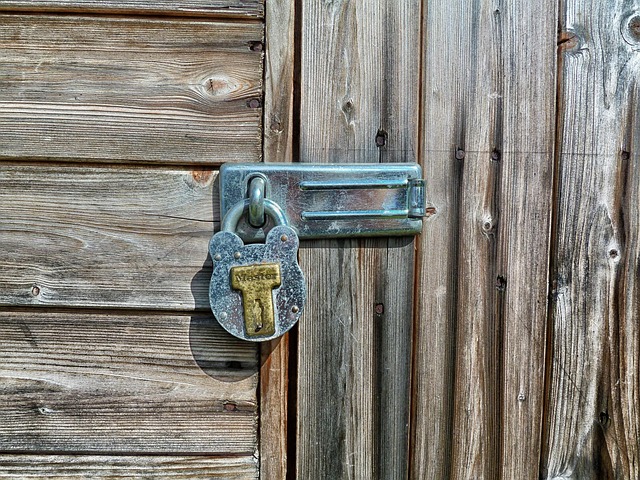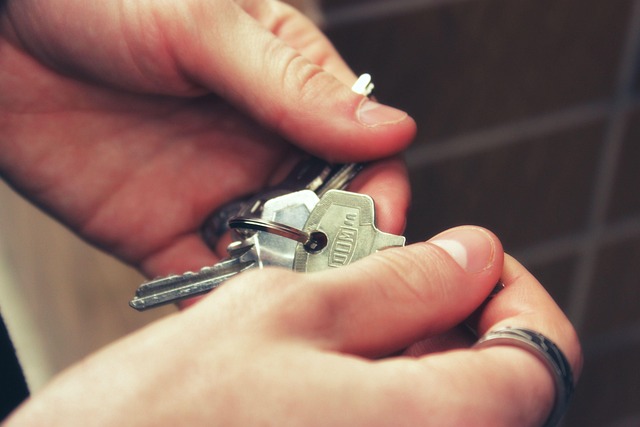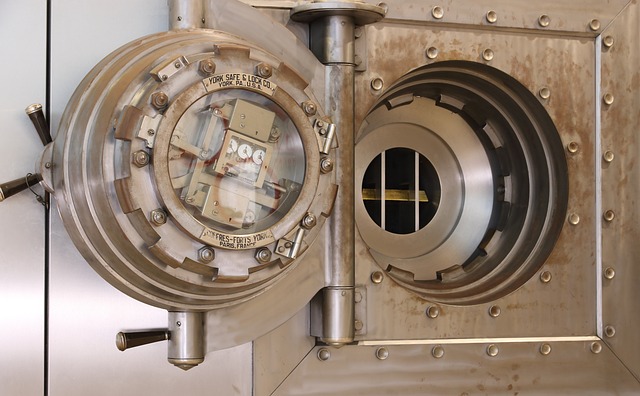Category: Senior Home Safety Systems
Senior Home Safety Systems: Enhancing Independent Living
Introduction
In an era where the global population is aging at an unprecedented rate, ensuring the safety and well-being of seniors in their own homes has become a paramount concern. Senior Home Safety Systems are a suite of technologies and services designed to protect older adults within the comfort and familiarity of their residences. These systems encompass a range of devices and protocols that can detect and respond to emergencies, monitor health status, and provide assistance as needed. This article delves into the multifaceted aspects of Senior Home Safety Systems, from their core components to their global impact, economic considerations, technological advancements, policy frameworks, and future prospects. Readers will gain a comprehensive understanding of how these systems contribute to the safety and autonomy of seniors, enabling them to live independently for longer.
Understanding Senior Home Safety Systems
Senior Home Safety Systems are integrated solutions that combine sensors, alarms, communication devices, and monitoring services. These systems are tailored to detect falls, monitor vital signs, control home environments (like lighting and temperature), and alert caregivers or emergency services in case of an incident. They often include medication reminders, personal emergency response systems (PERS), and smart home technologies that cater to the unique needs of older adults. The historical context of these systems is rooted in medical alert systems developed in the mid-20th century, which have evolved into sophisticated, connected devices leveraging the Internet of Things (IoT) and artificial intelligence (AI).
Global Impact and Trends
The impact of Senior Home Safety Systems extends beyond individual households, influencing global healthcare and economic systems. As populations age, these systems are becoming increasingly relevant in countries with growing senior demographics. For instance, Japan has been a pioneer in developing age-friendly technologies, while countries like the United States have seen significant investments in home safety solutions due to their large aging population. Trends indicate a rise in remote health monitoring and the use of AI for predictive analytics in healthcare. The global market for these systems is expanding, driven by technological innovation and demographic shifts.
Economic Considerations
The economic aspects of Senior Home Safety Systems are multifaceted. From a market perspective, these systems represent a growing niche with increasing demand. Investment patterns in this sector are influenced by demographic trends, technological advancements, and the potential for cost savings in healthcare. Economically, these systems can reduce the burden on healthcare systems by allowing seniors to receive care at home rather than in expensive institutions. They also offer a return on investment through prevention of injuries and early detection of health issues, leading to lower medical costs.
Technological Advancements
Recent technological advancements have significantly improved the capabilities of Senior Home Safety Systems. Innovations like AI-driven voice assistants, machine learning algorithms for fall detection, and advanced wearable devices are setting new standards for these systems. These technologies not only enhance safety but also provide seniors with tools to maintain an active and independent lifestyle. The future potential of these systems includes integration with wider healthcare networks, real-time health monitoring, and personalized home environments that adapt to the user’s needs and preferences.
Policy and Regulation
The policy and regulatory framework governing Senior Home Safety Systems is complex and varies by region. Key policies address data privacy, interoperability standards, and quality assurance for healthcare devices. Legislative frameworks in countries like the United States, through regulations from the Food and Drug Administration (FDA), and the European Union, with its General Data Protection Regulation (GDPR), play a significant role in shaping the development and deployment of these systems. Policies must balance innovation with consumer protection, ensuring that seniors’ privacy and safety are upheld.
Challenges and Criticisms
Despite their benefits, Senior Home Safety Systems face challenges and criticisms. Issues such as data privacy concerns, the digital divide among different socioeconomic groups, and the potential for technological overreliance are significant hurdles. To address these, strategies like enhancing cybersecurity measures, improving accessibility and affordability of systems, and ensuring user education can be implemented. Additionally, there is a need for ongoing research to understand the ethical implications and societal impacts of deploying these technologies in homes.
Case Studies
Several case studies demonstrate the successful application of Senior Home Safety Systems. For example, the GreatCall Lively Mobile system has enabled seniors to maintain independence while providing peace of mind for caregivers. Another case study involves Philips Lifeline’s automatic fall detection technology, which has significantly reduced response times and improved outcomes for fall incidents. These success stories highlight the importance of user-centered design, robust customer support, and continuous system updates.
Future Prospects
Looking ahead, Senior Home Safety Systems are poised for significant growth. Emerging trends suggest a convergence with broader smart home ecosystems and integration with telehealth services. Strategic considerations include the development of more adaptive and intuitive systems that can learn from user behavior to provide better support. The potential for these systems to evolve into comprehensive health management platforms is vast, with the capacity to monitor chronic conditions, manage medication regimens, and provide a holistic approach to senior care.
Conclusion
Senior Home Safety Systems represent a critical advancement in ensuring the safety and independence of older adults. Their multifaceted nature addresses not only immediate safety concerns but also long-term health management and quality of life issues. As technology continues to evolve, these systems will become increasingly sophisticated, offering new solutions to meet the challenges of an aging global population. The collective efforts of healthcare providers, technology developers, policymakers, and users themselves will shape the future of Senior Home Safety Systems and their impact on society.
FAQs:
-
What are Senior Home Safety Systems?
Senior Home Safety Systems are comprehensive solutions that include sensors, alarms, communication devices, and monitoring services to ensure the safety and well-being of seniors living at home. -
How do these systems impact global healthcare systems?
These systems can reduce the strain on healthcare systems by allowing for aging in place, preventing injuries, and enabling early detection and response to health issues. -
What are some of the technological advancements in Senior Home Safety Systems?
Recent advancements include AI-driven voice assistants, machine learning algorithms for fall detection, and advanced wearable devices that monitor vital signs and provide assistance when needed. -
What are the key policy considerations for these systems?
Key policies address data privacy, interoperability standards, and quality assurance for healthcare devices, with regulations like GDPR and FDA guidelines influencing development and deployment. -
Can you provide an example of a successful Senior Home Safety System?
GreatCall’s Lively Mobile system is one example where seniors can maintain independence while providing peace of mind for caregivers through its fall detection and emergency response features. -
What are the future prospects for these systems?
The future holds potential integration with smart home technology, telehealth services, and more adaptive systems that cater to individual needs. They may become comprehensive health management platforms capable of monitoring chronic conditions and managing medication regimens.
Revolutionizing Senior Safety: Fall Detection Devices for Peace of Mind
Wireless Safety Systems for Seniors: Simplifying Care with Fall Detection Devices

Fall detection devices powered by wireless technology are transforming senior safety by swiftly iden…….
Professional Installation Services for Senior Home Safety Systems: Peace of Mind for Seniors
Enhancing Senior Safety: Fire & Carbon Monoxide Detectors with Emergency Alerts
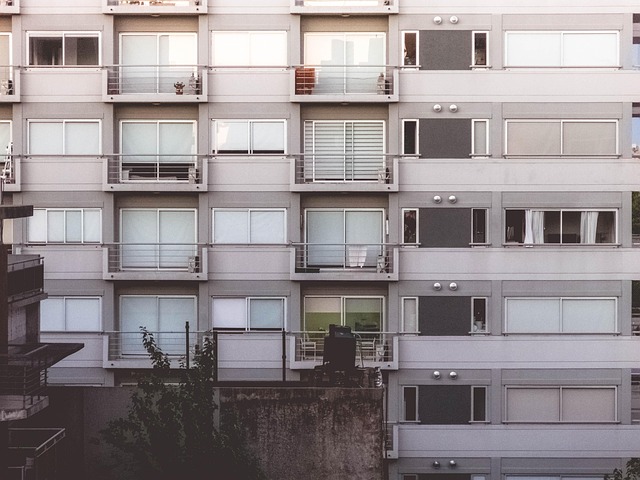
Fire and carbon monoxide detectors are essential tools for protecting seniors living alone, offering…….
Smart Home Safety for Elderly: Protecting Seniors with Fire & Carbon Monoxide Detectors

Smart home technology significantly enhances senior safety, especially for those living alone, by of…….
Eco-Friendly Safety Systems for Modern Senior Living
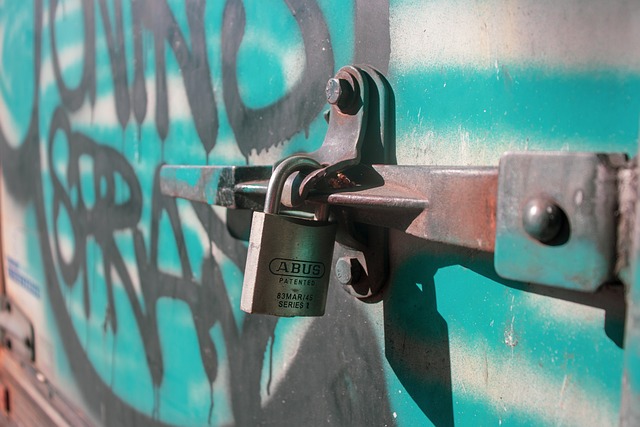
Senior home safety systems that incorporate green technologies offer an effective solution for elder…….
Professional Installation Services for Senior Home Smart Safety Systems
Senior Safety: Empowering Independence with Emergency Response Buttons

Senior citizens require specialized emergency response systems for elderly due to age-related challe…….
Motion Sensor Lights: Enhancing Senior Mobility Safety at Home

Motion sensor lights for seniors offer enhanced safety and mobility in the home by automatically ill…….
